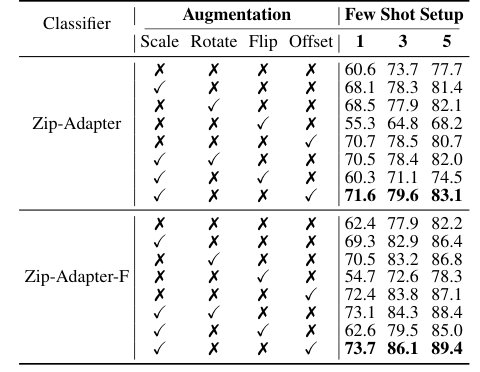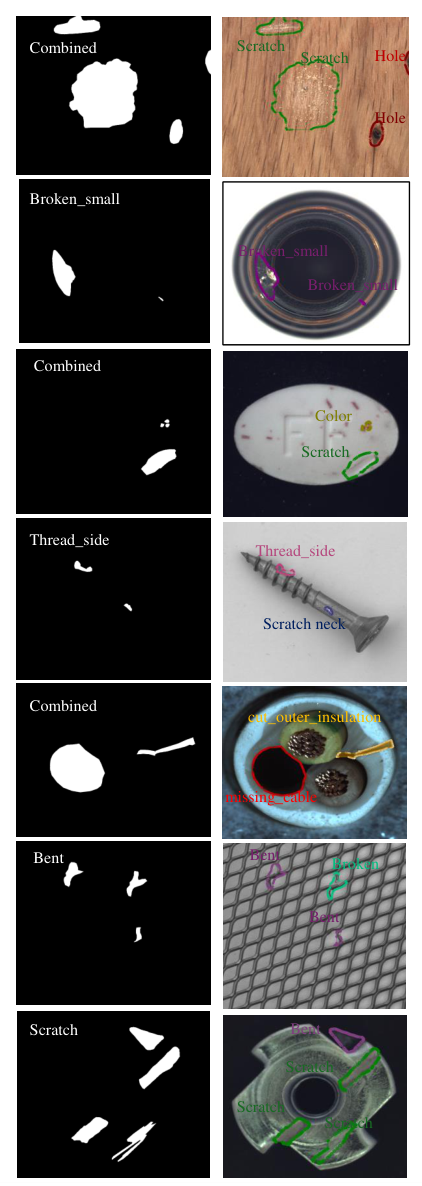MVREC: A General Few-shot Defect Classification Model Using Multi-View Region-Context
Shuai Lyu, Fangjian Liao, Zeqi Ma, Rongchen Zhang, Dongmei Mo, Waikeung Wong·December 22, 2024
Summary
MVREC, a few-shot defect classification model, addresses generalizability issues by focusing on specific datasets. It uses AlphaCLIP for feature extraction and a region-context framework to enhance defect features. MVREC introduces Zip-Adapter(-F) classifiers to cache visual features for few-shot classification. A new benchmark, MVTec-FS, based on MVTec AD, features 1228 defect images with instance-level mask annotations and 46 defect types. MVREC demonstrates effectiveness in general defect classification, incorporating contextual information for improved performance.
Introduction
Background
Overview of defect classification challenges
Importance of generalizability in defect detection models
Objective
Aim of MVREC in addressing generalizability issues
Focus on specific datasets for improved performance
Method
Data Collection
Source of datasets used for training and testing
Characteristics of the datasets (e.g., variety of defects, industrial applications)
Data Preprocessing
Techniques applied to prepare the data for model training
Importance of preprocessing in enhancing model performance
Feature Extraction
Role of AlphaCLIP in extracting relevant features
How AlphaCLIP contributes to the model's ability to generalize
Region-Context Framework
Explanation of the framework's purpose
How it enhances defect feature extraction and classification
Zip-Adapter(-F) Classifiers
Functionality and implementation of Zip-Adapter(-F)
How these classifiers cache visual features for efficient few-shot classification
Benchmark: MVTec-FS
Dataset Description
Overview of MVTec-FS
Key features (e.g., 1228 defect images, instance-level mask annotations, 46 defect types)
Evaluation Criteria
Metrics used to assess model performance
Importance of these metrics in evaluating defect classification models
Effectiveness of MVREC
General Defect Classification
MVREC's capability in handling a wide range of defects
Incorporation of Contextual Information
How MVREC utilizes contextual information for improved performance
Case studies or examples demonstrating the model's effectiveness
Conclusion
Summary of MVREC's contributions
Future directions and potential improvements
Comparison with existing models
Basic info
papers
computer vision and pattern recognition
artificial intelligence
Advanced features
Insights
What is the purpose of Zip-Adapter(-F) classifiers in MVREC and how do they contribute to few-shot classification?
What is MVREC and how does it address generalizability issues in defect classification?
What is the MVTec-FS benchmark and what does it consist of in terms of defect images and types?
Which components are used in MVREC for feature extraction and enhancing defect features?




